Choosing the right fat in cooking can elevate a dish from ordinary to extraordinary. In Mediterranean cuisine, the choice between butter and olive oil can dramatically affect flavor, texture, and health benefits. This post explores 14 Mediterranean dishes that demonstrate why selecting the perfect fat matters so much.
Greek Spanakopita
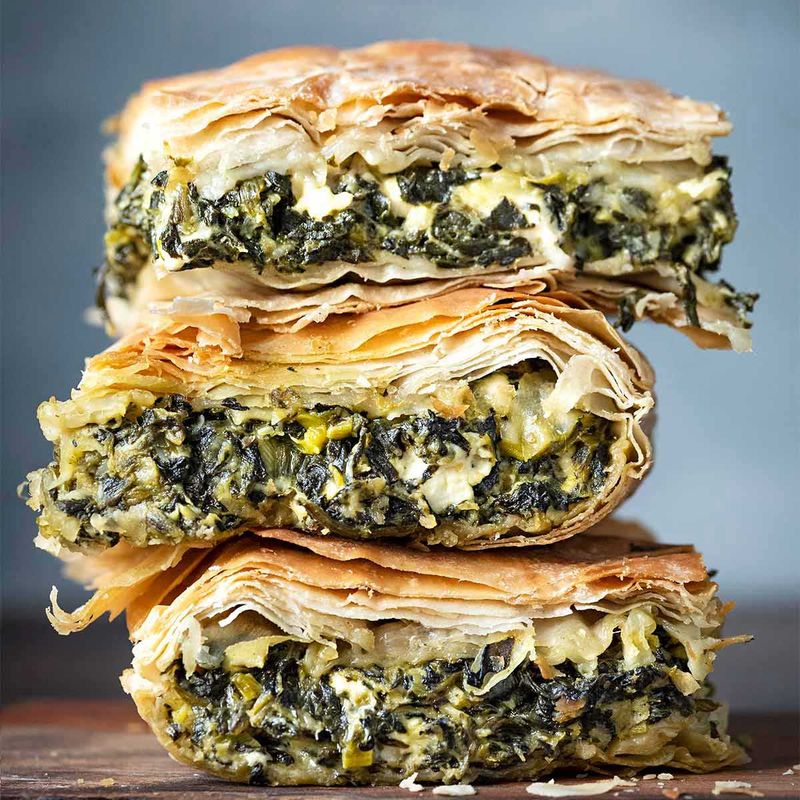
Spanakopita, a classic Greek spinach pie, relies on olive oil to achieve its crisp, flaky layers. Imagine biting into the golden phyllo pastry, only to be met with a burst of fresh spinach and feta. It’s the olive oil that lends the pastry its delicate crunch.
While butter could offer a richer texture, olive oil keeps it light and emphasizes the natural flavors of the greens. This ancient dish showcases why Greece’s Mediterranean climate favors olive oil.
Italian Risotto
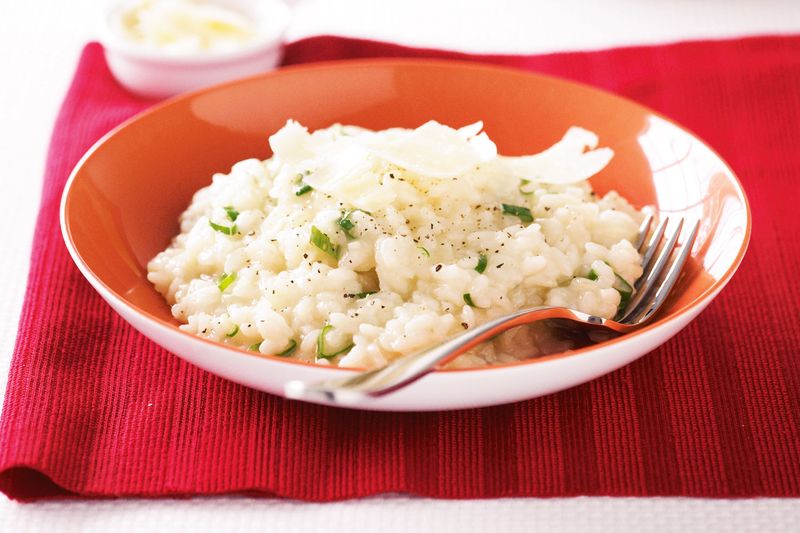
Risotto, Italy’s answer to creamy comfort food, often begins with a knob of butter. The butter’s richness binds the Arborio rice, releasing its starch to create that quintessential creamy texture. In Northern Italy, where butter is abundant, it complements the dish’s richness.
Although olive oil can be used for a lighter touch, butter adds a depth that’s hard to match. Risotto’s versatility in the Mediterranean diet is a testament to the region’s diverse culinary traditions.
Spanish Paella
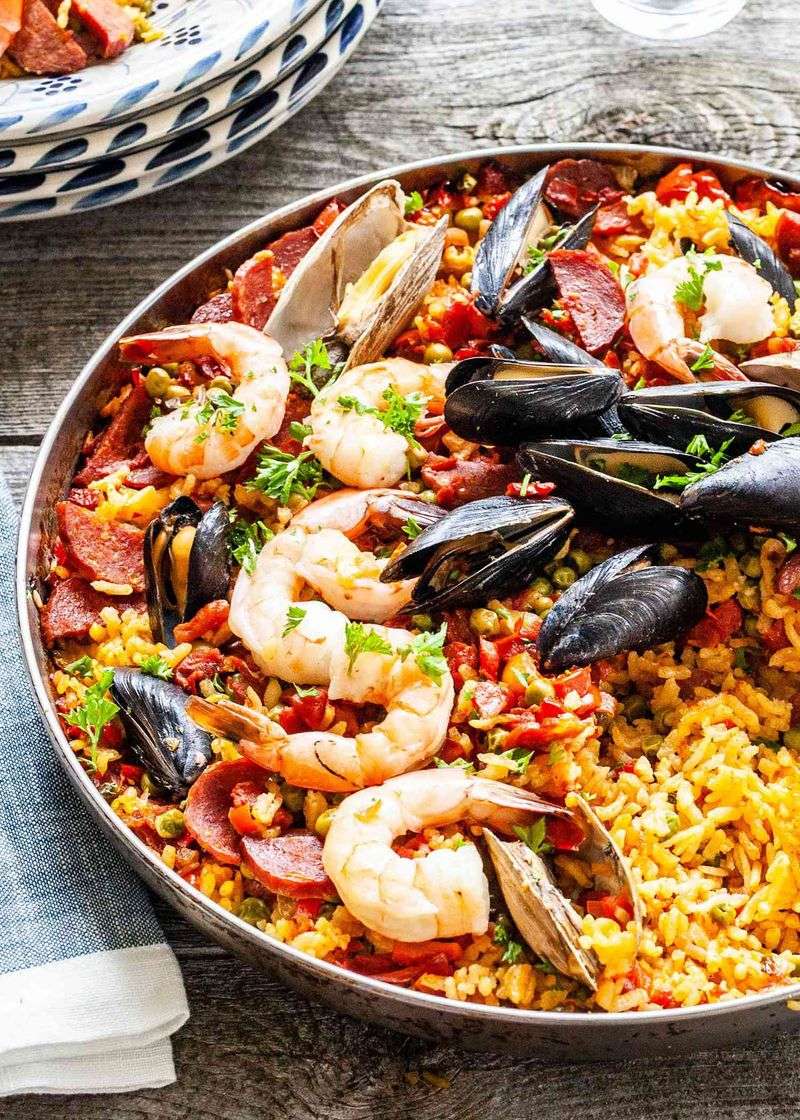
Paella, Spain’s iconic rice dish, gains its vibrant flavor from a medley of ingredients, including olive oil. The oil enhances the saffron-infused rice, mingling with seafood and meats to produce a symphony of tastes. Olive oil’s lightness allows each ingredient to shine.
Butter might overpower the delicate balance of flavors, so olive oil remains the preferred choice. The dish exemplifies the Mediterranean’s love affair with olive oil’s subtlety.
Portuguese Bacalhau
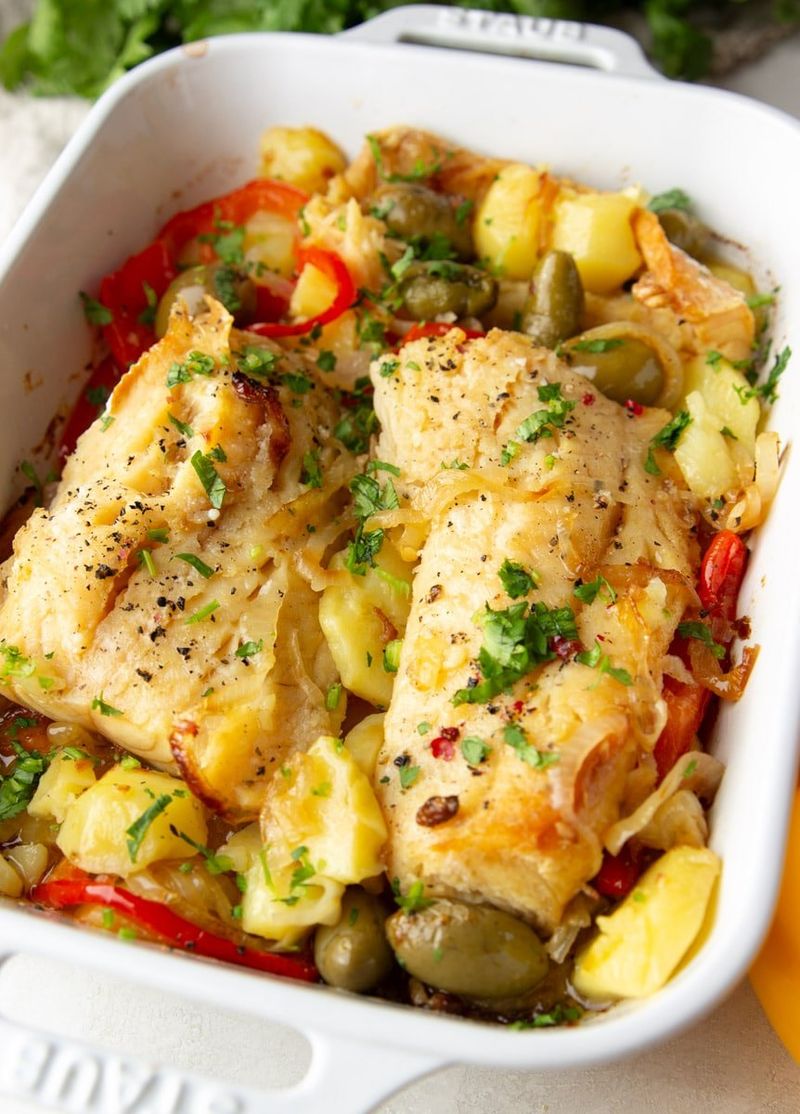
Bacalhau, a traditional Portuguese dish made with dried cod, is brought to life with olive oil. The oil infuses the fish with its fruity aroma, while enhancing the dish’s savory profile. Olive oil’s subtle flavor complements the saltiness of the cod beautifully.
Butter might clash with the cod’s natural taste, so olive oil remains crucial. Bacalhau illustrates the harmonious blend of simple ingredients in Mediterranean food.
Turkish Borek

Borek, a beloved Turkish pastry, finds its crisp texture from generous layers of olive oil. Each bite offers a delightful crunch, revealing a savory cheese or spinach filling. The oil prevents phyllo from becoming soggy, ensuring the perfect golden crust.
Butter could make the pastry too rich, overshadowing the filling’s flavors. Borek’s use of olive oil highlights the balance of textures essential to Mediterranean cooking.
French Ratatouille
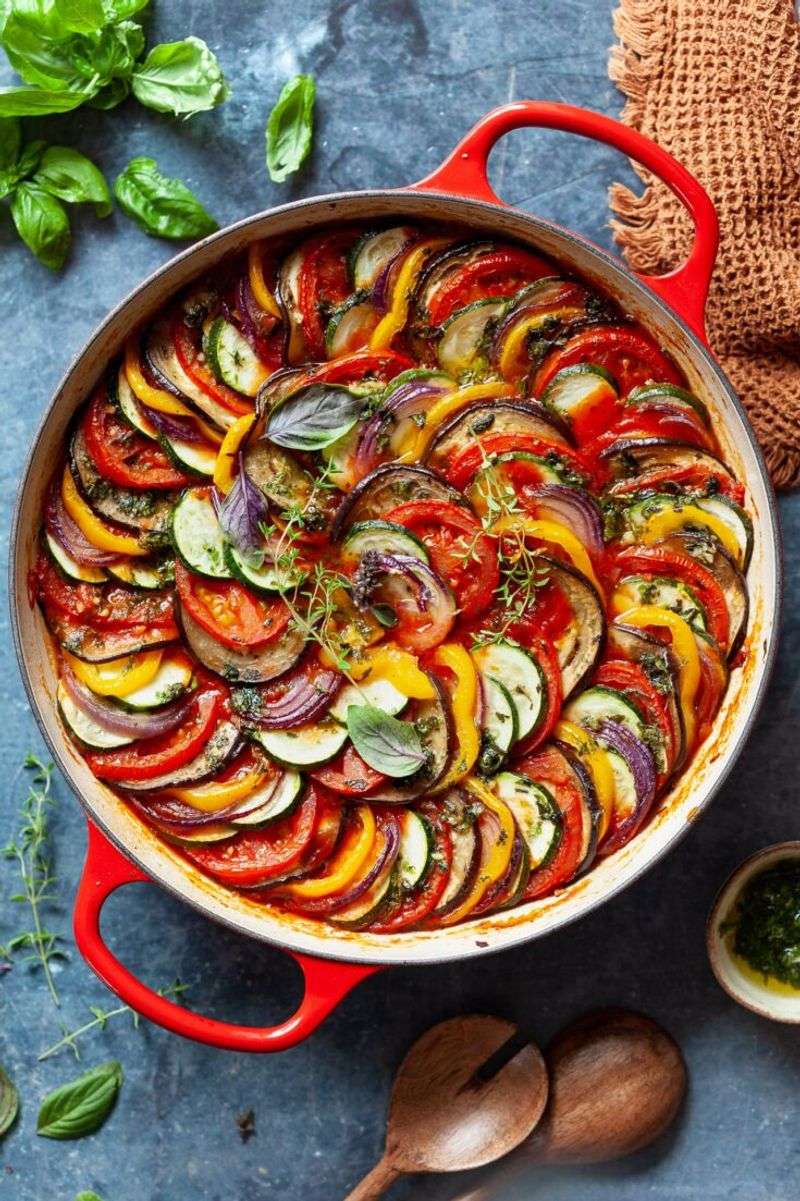
Ratatouille, a vibrant Provençal vegetable medley, thrives under the influence of olive oil. Each vegetable, from eggplant to bell pepper, soaks up the oil’s fruity notes, enhancing their natural sweetness. The dish is a celebration of the simplicity and freshness of Mediterranean produce.
While butter might blur the flavors, olive oil keeps them distinct and lively. Ratatouille showcases how olive oil complements the earthiness of vegetables.
Egyptian Koshari
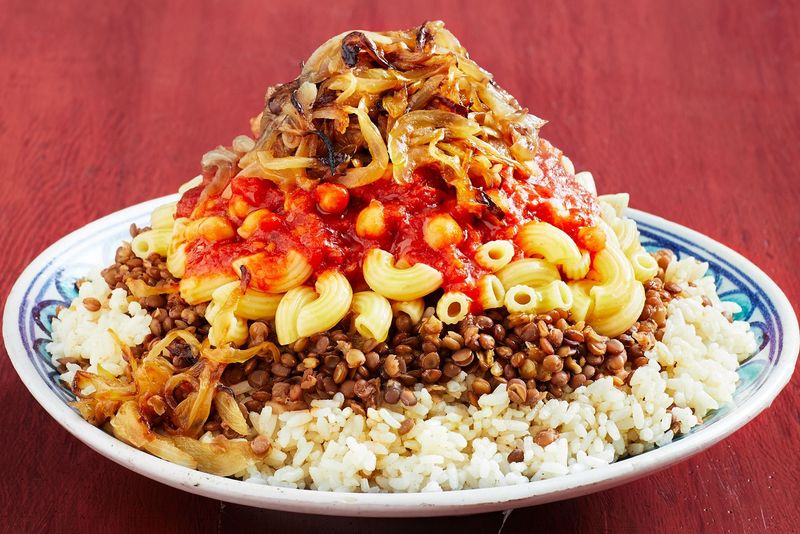
Koshari, a beloved Egyptian street food, relies on olive oil to tie together its diverse ingredients. The oil adds a subtle gloss to the rice, lentils, and pasta, while enhancing the tomato sauce’s tanginess. Olive oil’s contribution is both subtle and crucial.
Butter might overwhelm the delicate balance of flavors, making olive oil the ideal choice. Koshari exemplifies the art of layering flavors and textures.
Lebanese Hummus
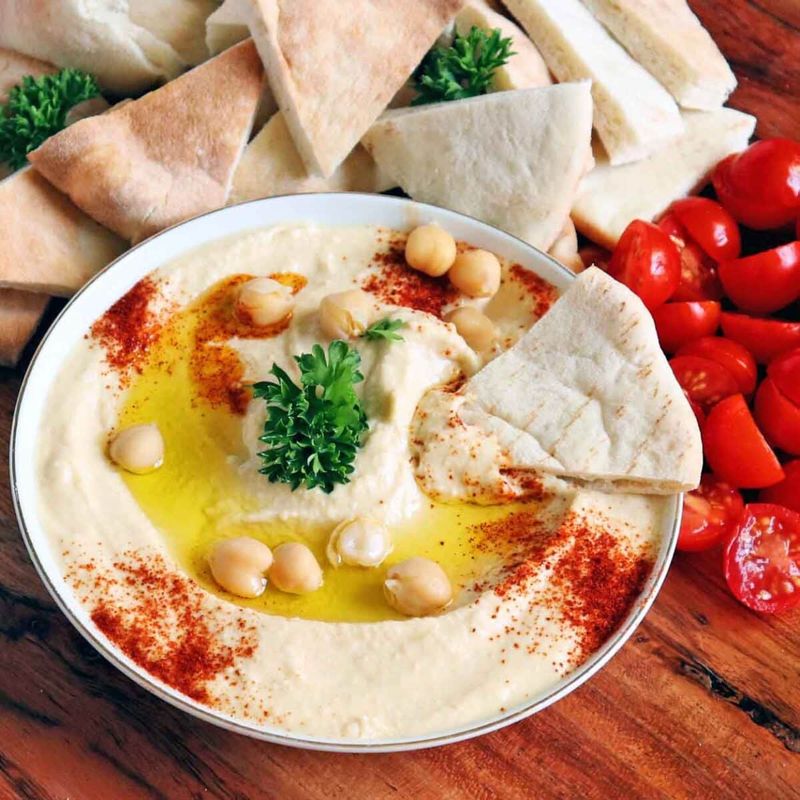
Hummus, the creamy chickpea spread, achieves its silky texture with the help of olive oil. The oil enhances the chickpeas’ nutty flavor, creating a luscious dip that pairs perfectly with pita bread. Olive oil’s role is indispensable in this quintessential Lebanese dish.
Butter could alter its lightness, making olive oil the preferred choice. Hummus underscores the elegance of simplicity when high-quality olive oil is used.
Moroccan Tagine
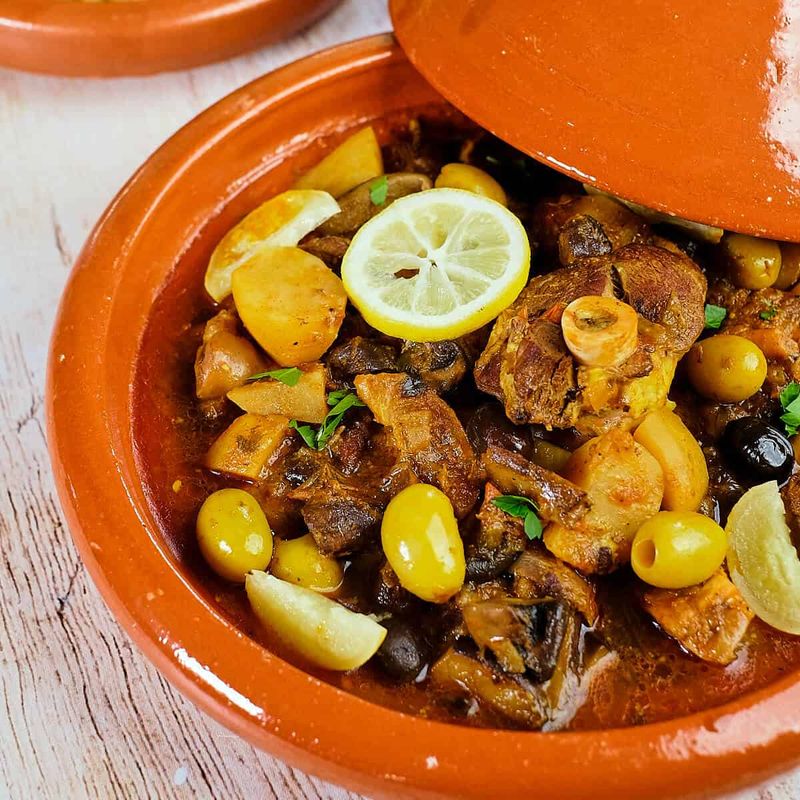
Moroccan tagine, a slow-cooked stew, often incorporates a touch of butter to deepen its richness. The butter melds with spices like cumin and cinnamon, creating a comforting, aromatic sauce that envelops the tender meat.
While olive oil offers a lighter alternative, butter provides a luxurious mouthfeel. Tagine’s fragrant blend of flavors exemplifies how a hint of butter can transform a dish.
Cypriot Halloumi

Halloumi, Cyprus’s famous grilling cheese, turns golden and crispy with a touch of olive oil. The oil prevents sticking, while enhancing the cheese’s savory and slightly tangy flavor. This simple dish showcases the versatility of olive oil in Mediterranean cooking.
Butter might alter its unique taste, making olive oil the preferred grilling companion. Halloumi’s delightful texture and flavor are a testament to the power of olive oil.
Tunisian Brik
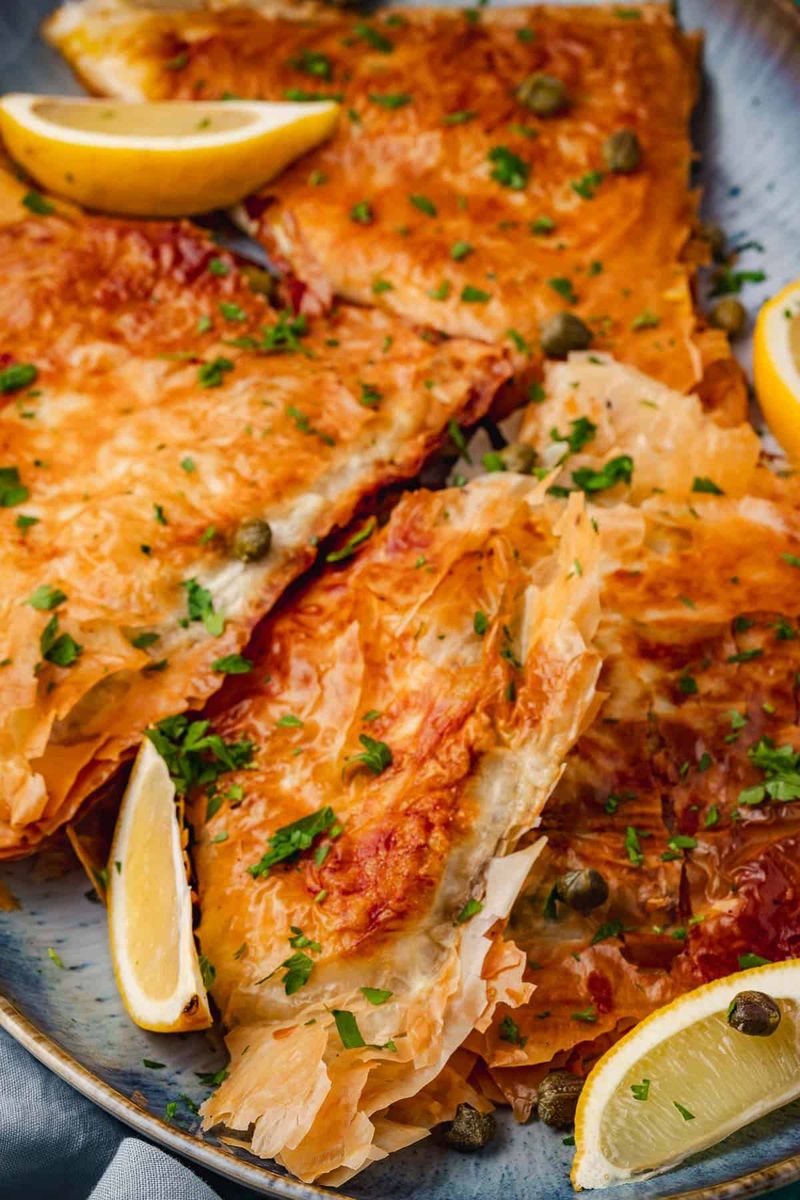
Brik, a popular Tunisian street snack, shines with the help of olive oil. The oil ensures the thin pastry achieves a perfect crunch, while sealing in the savory egg and tuna filling. Olive oil’s lightness keeps the brik from feeling greasy.
Butter could overwhelm its delicate layers, so olive oil remains the favorite. Brik highlights the delicate balance of flavors and textures that olive oil provides.
Maltese Pastizzi

Pastizzi, a traditional Maltese snack, achieves its signature crispness with olive oil. The oil helps the dough puff up, forming golden layers around the creamy ricotta filling. Olive oil’s subtleness enhances the pastry without overshadowing the filling.
Butter would make it too rich, so olive oil is preferred for a lighter touch. Pastizzi highlights the art of pastry-making in Mediterranean cuisine.
Algerian Couscous
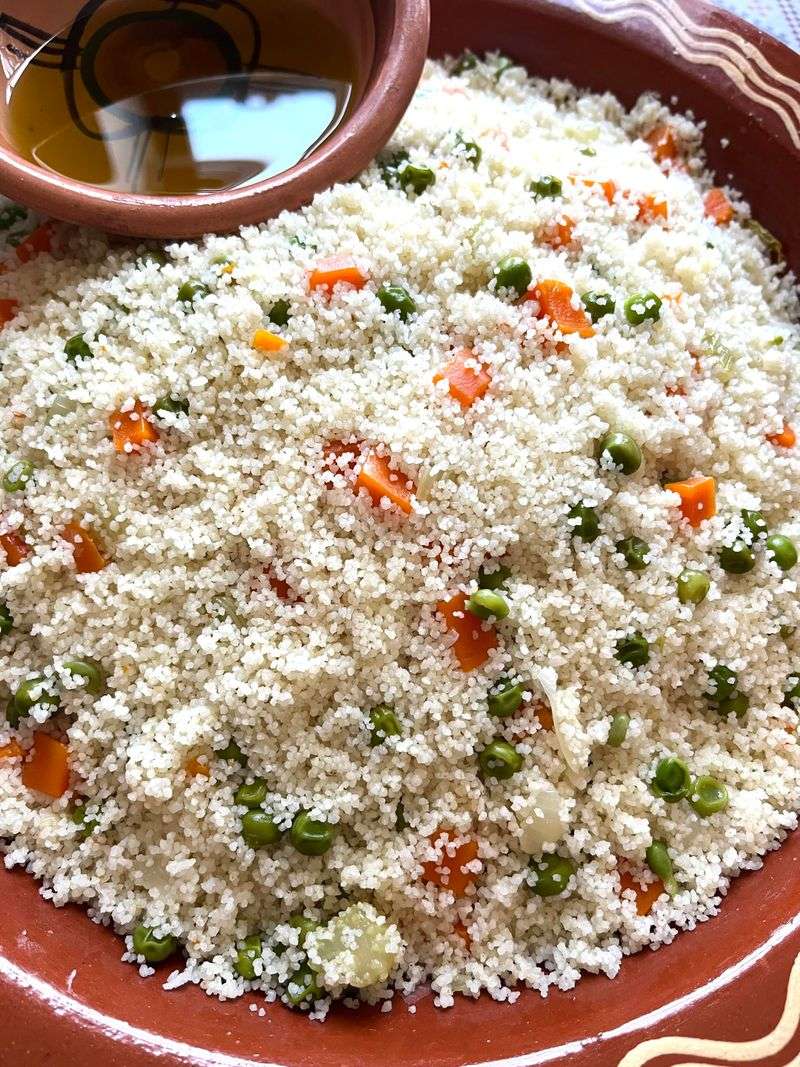
Couscous, a staple in Algerian cuisine, relies on olive oil to achieve its fluffy texture. The oil coats each grain, preventing clumping and enhancing the dish’s overall lightness. Olive oil’s simplicity allows the flavors of vegetables and spices to shine through.
Butter could overshadow the dish’s subtlety, making olive oil the perfect match. Algerian couscous is a testament to the elegance of simple ingredients.
Sicilian Caponata
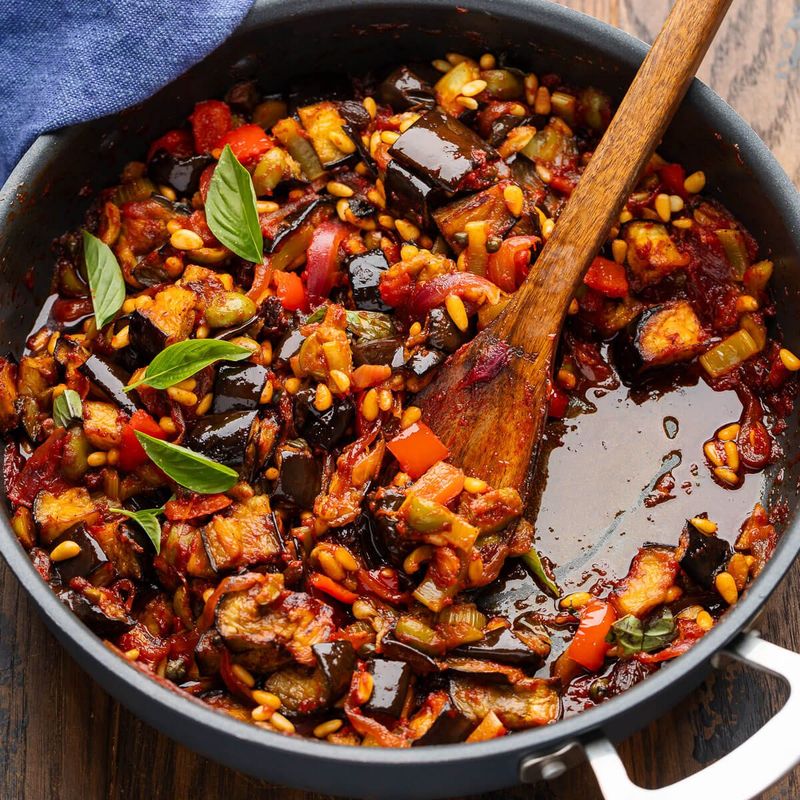
Caponata, a sweet and sour Sicilian eggplant dish, thrives with olive oil’s fruity depth. The oil enhances the rich medley of tomatoes, capers, and celery, creating a harmonious blend of flavors. Olive oil’s presence is fundamental to the dish’s integrity.
Butter would alter its traditional taste, so olive oil remains essential. Caponata showcases the balance of flavors in Mediterranean cooking.
Leave a comment